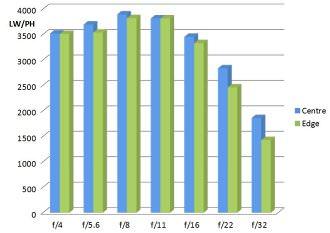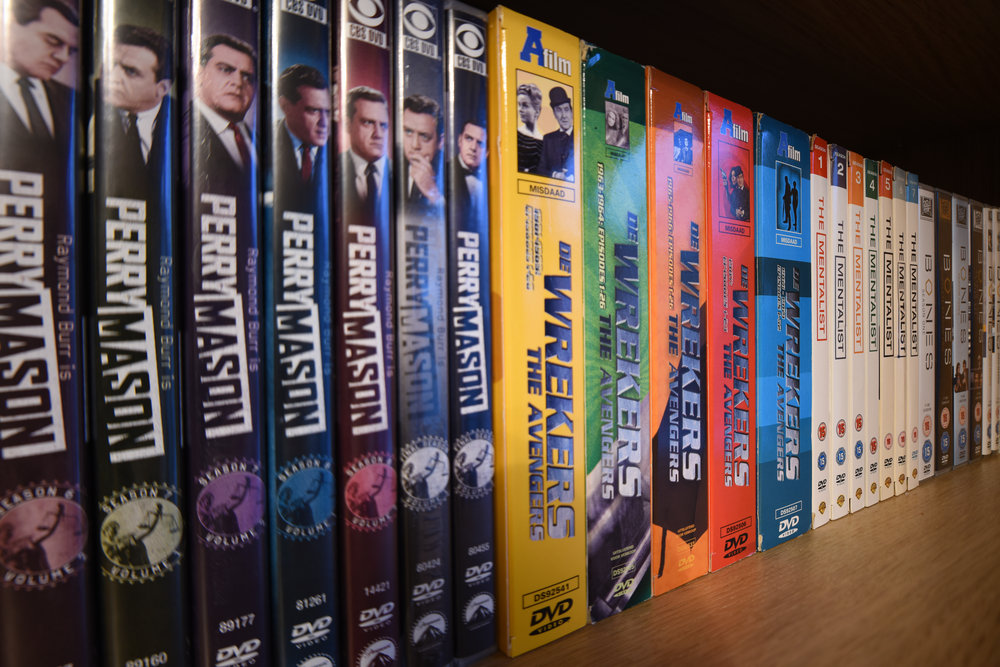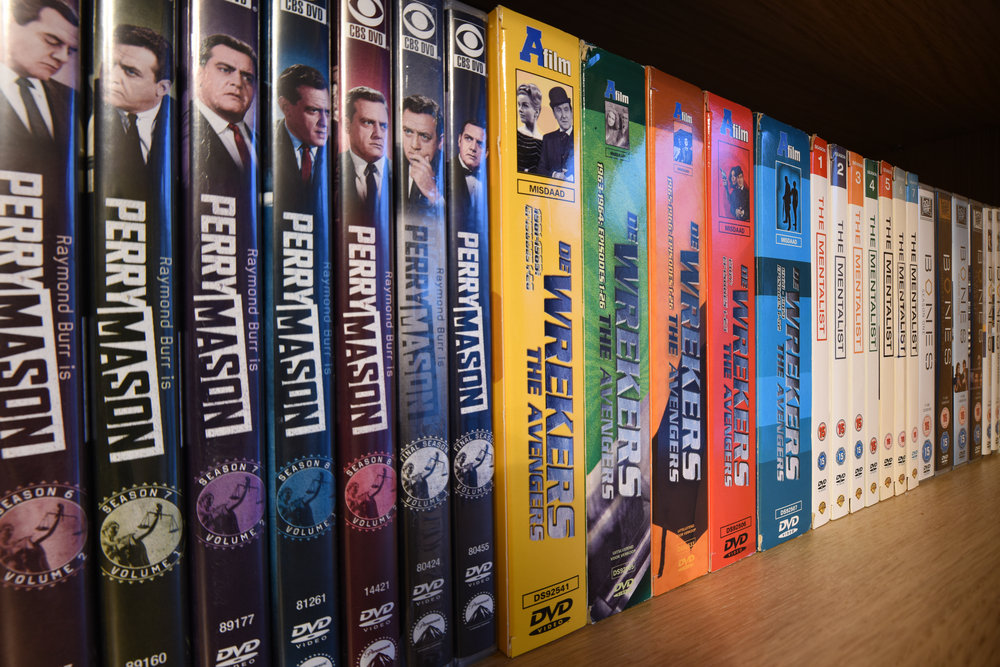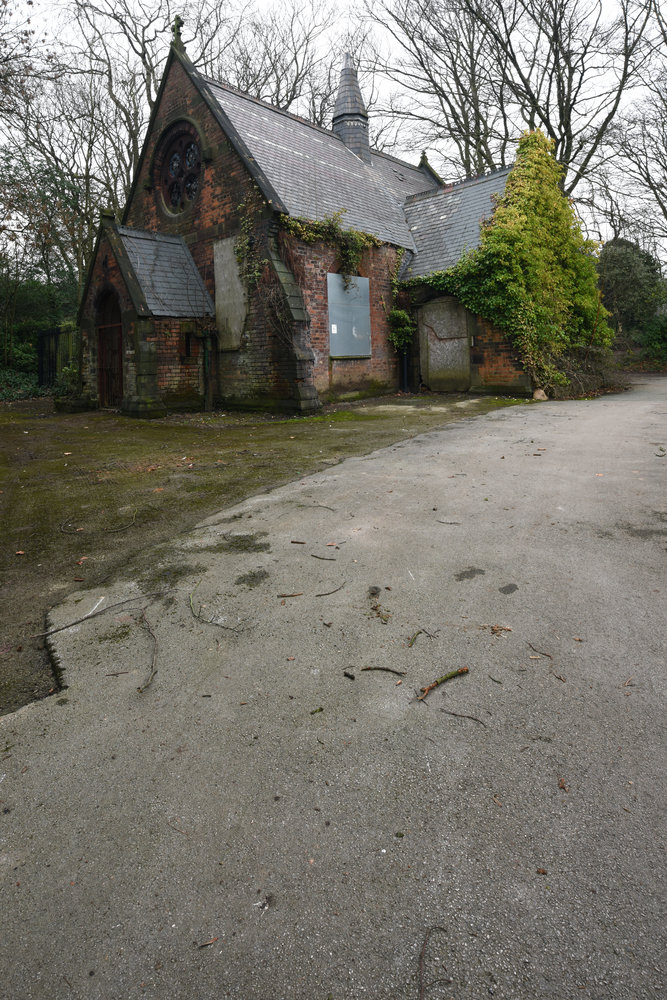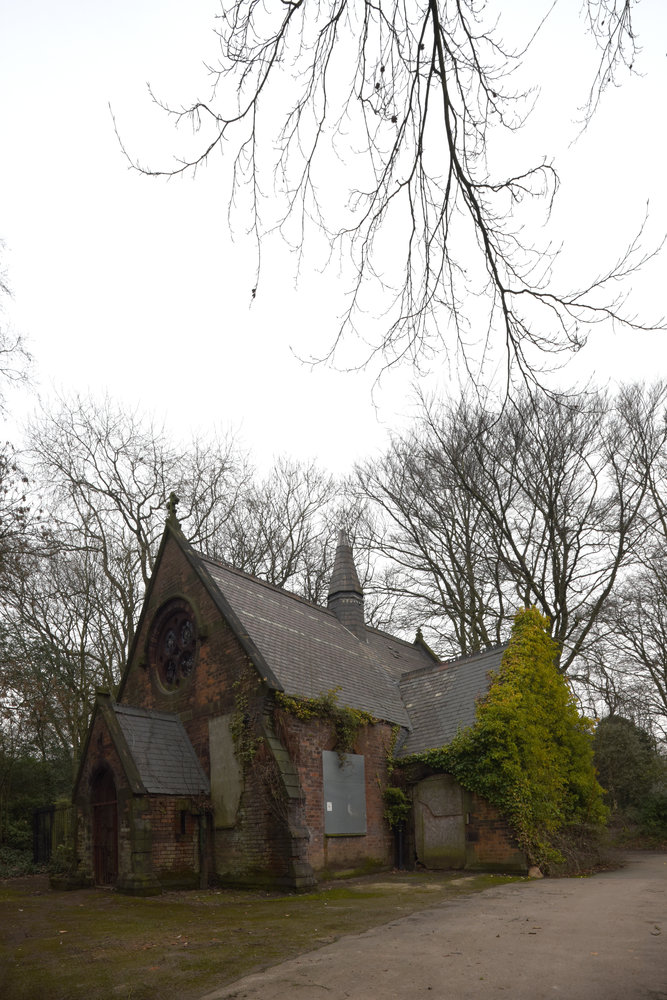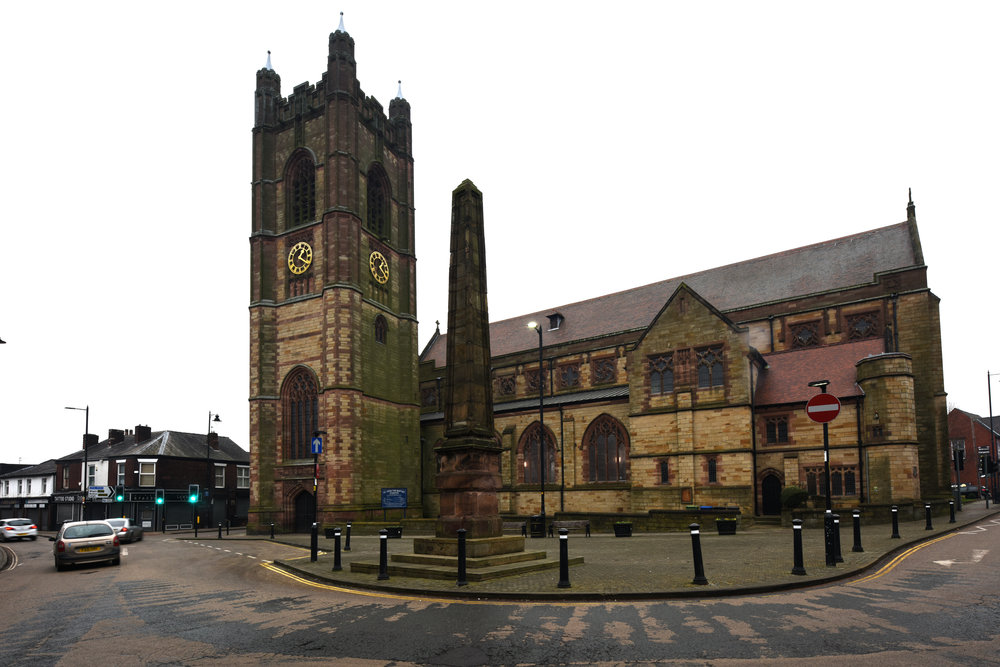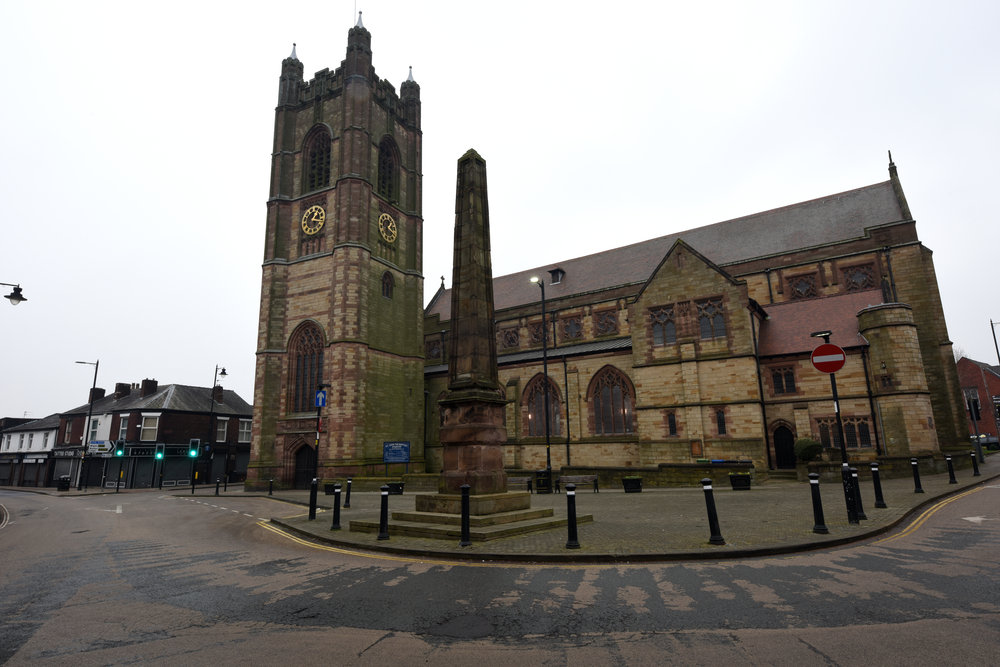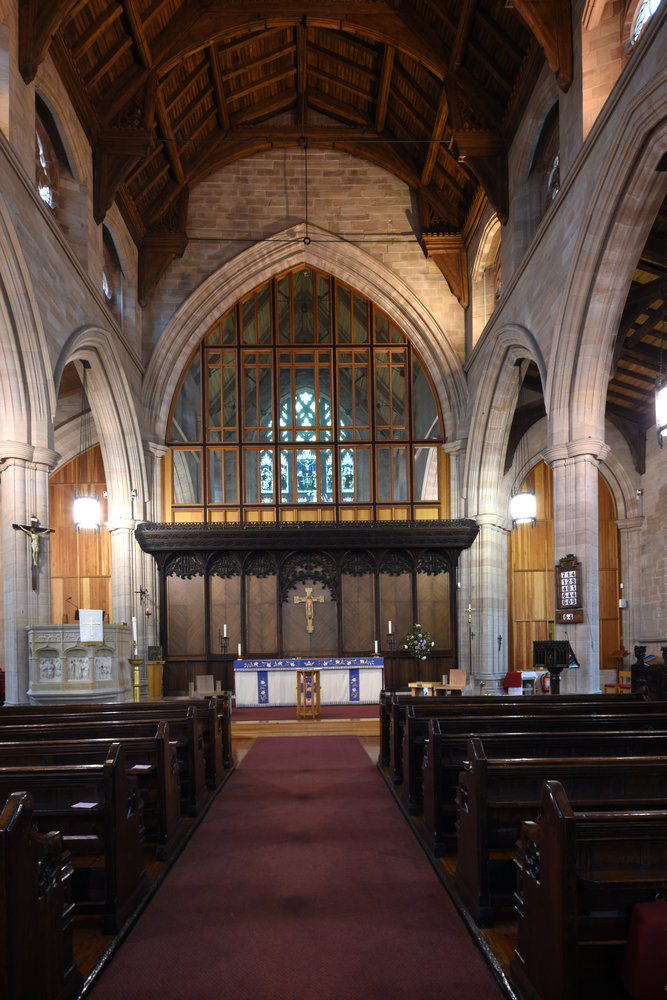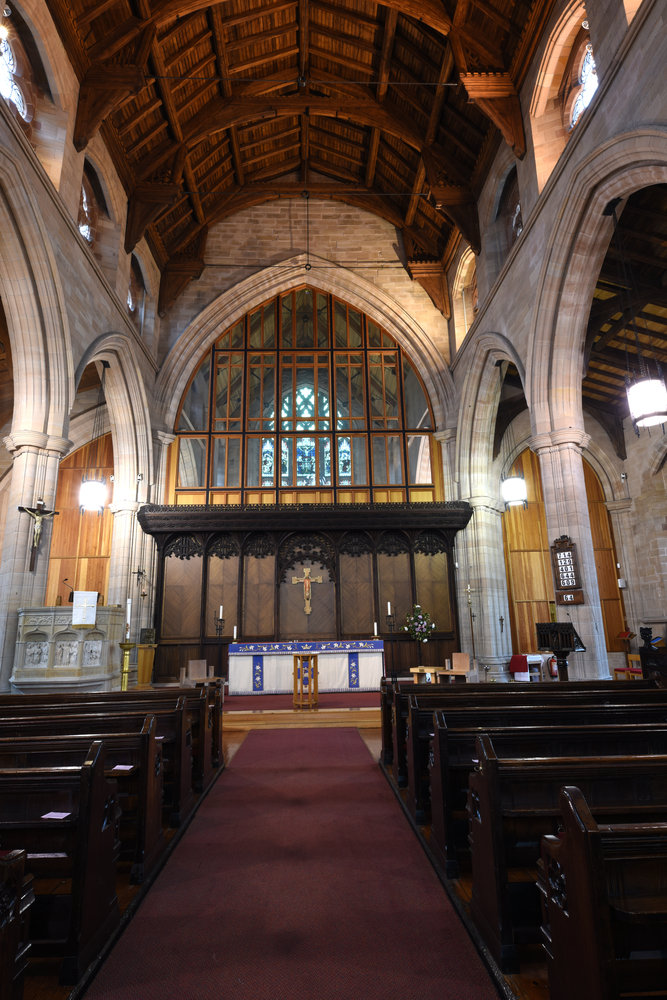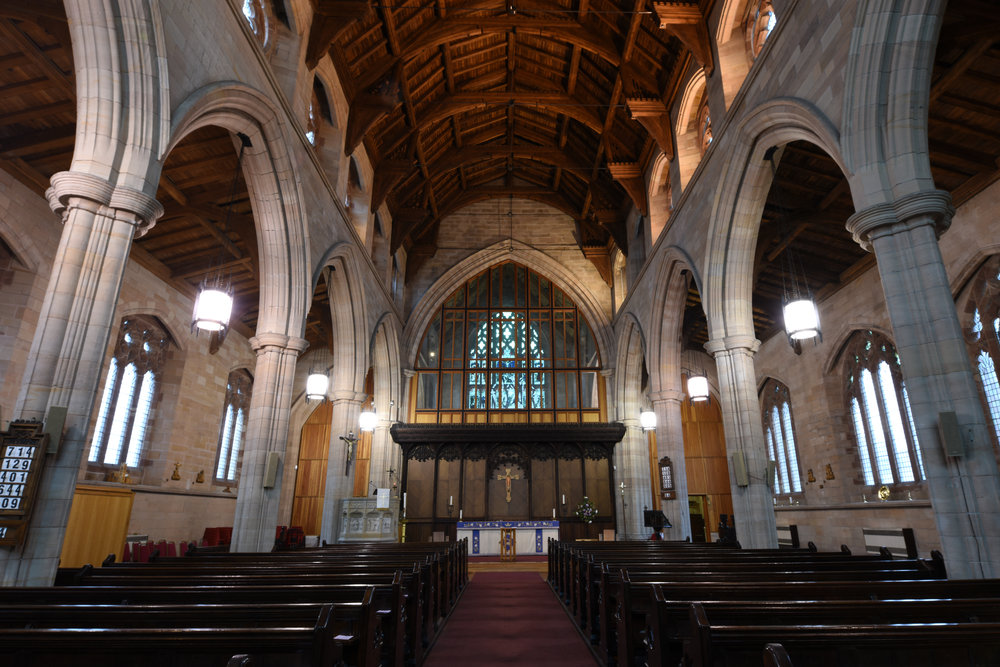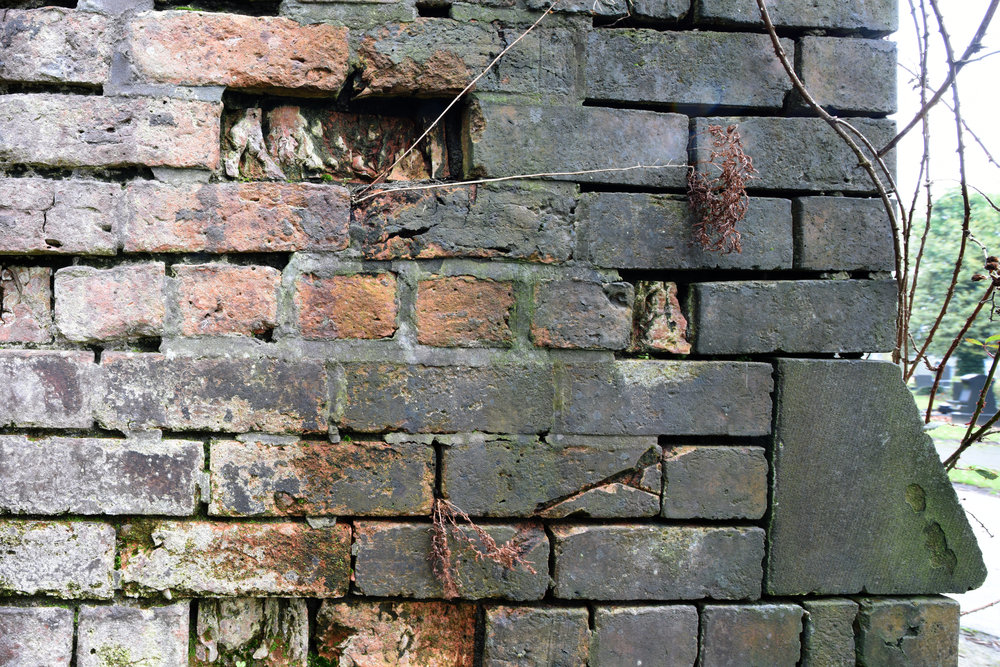Handling and Features
Performance
Verdict
Specification
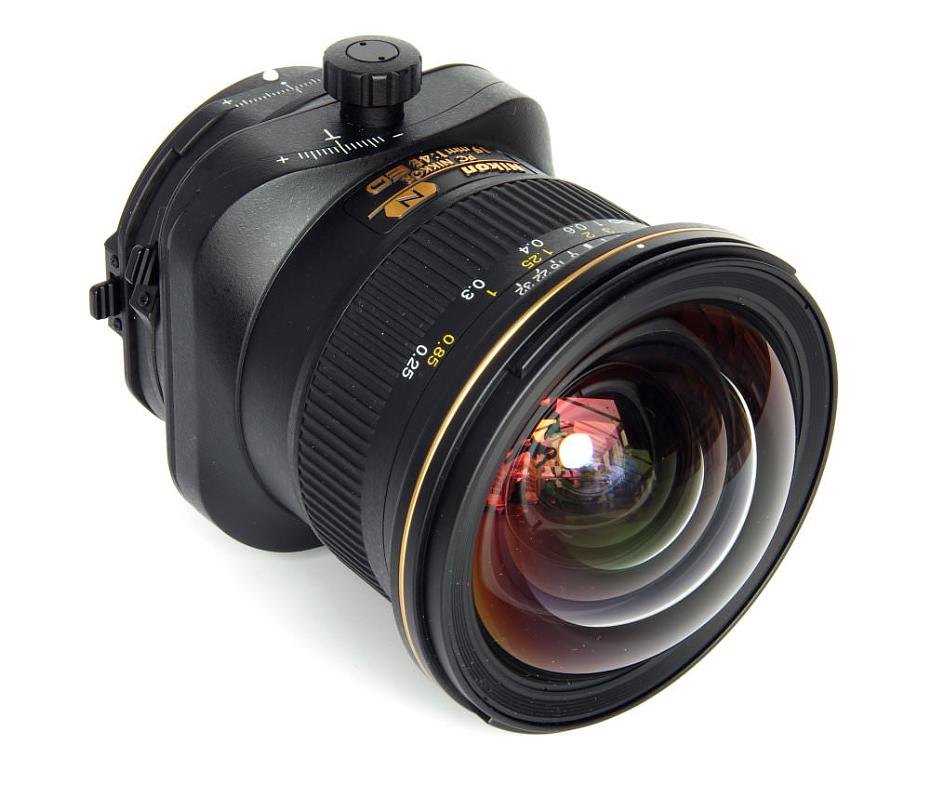
Whenever we look up at a building, our eyes see nothing untoward at all, it all looks perfectly natural. However, whenever we use a camera to do the same thing and reproduce the result on a flat surface then we instantly notice the converging verticals. This is absolutely optically correct, and we accept it when we see train tracks receding into the distance, but not when we see skyscrapers receding into the sky. To satisfy whatever causes this contradiction in our brains the tilt-shift lens was created. At one time the purview of the large format photographer, smaller format DSLRs are also well catered for, albeit it in a more limited way. Let's have a close look at Nikon's new 19mm tilt-shift lens and see how it handles on the Nikon D810 provided for this review.
Nikon PC NIKKOR 19mm f/4E ED Handling and Features
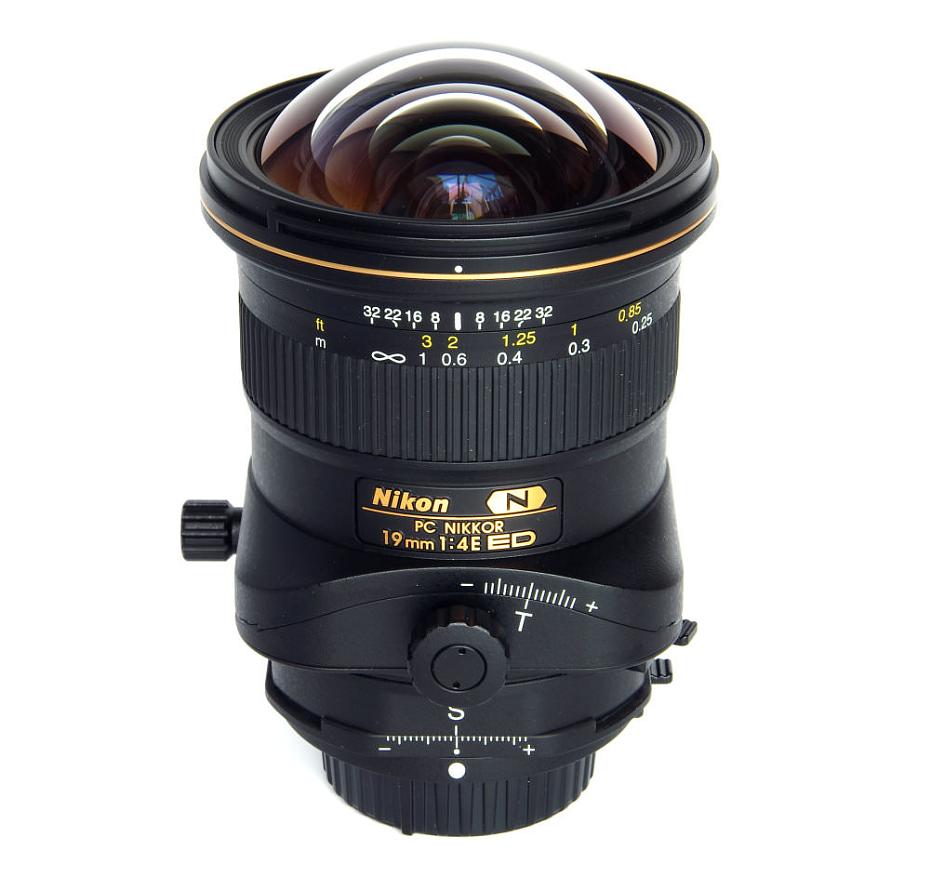
The PC Nikkor 19mm f/4E ED lens is an impressive piece of kit, looking very much at home on the Nikon D810 body. It is a serious business from the start as we peel off the various warning notices about the possibility of trapped fingers as there are so many ways to rotate parts of the lens. Duly warned, I am pleased to report that my fingers remain unscathed after using the lens for several days.
The instructions advise that users of cameras other than the D5, D4 series, D810 series and D500 may find that some combinations of shift and rotation may not be available as the controls may foul the camera body. There are certainly many options. Tilt, shift and also rotation of both these parameters give a very versatile group of potential movements. This offers not only the possibility of changing the way receding lines are recorded but also for control of depth of field for subjects lying at an angle to the camera axis. There are locks to prevent accidental movement. All of these controls are firm but smooth and look well made, able to withstand a long period of regular use without problems.
Starting at the front of the lens, we have a very substantial locking lens cap that bayonets on without any difficulty in alignment. This covers a highly bulbous front element. There is no possibility of attaching filters or hoods. Behind this is a beautifully damped manual focusing ring, and this is, of course, a manual focus only lens. Unusually for such as wide angle lens, it matches the acuity of the D810 focusing screen perfectly and is actually very easy to focus, the image snapping in and out crisply. Distances are marked in feet and metres and there is also a depth of field scale.
Further back we find the tilt control, scale, rotation and lock mechanisms. Nearest to the camera body the same is available for the shift mechanism. All of these controls work very smoothly. The range of shift available is plus or minus 12mm and the amount of tilt plus or minus 7.5 degrees. The shift part of the lens rotates 90 degrees left and right, with click stops every 30 degrees. The tilt part rotates 90 degrees to the left only, with a click stop at 45 degrees. It all takes a little getting used to but everything soon drops into place and the result is a very versatile set of tilt, shift and rotational movements.

The lens weighs a solid 885g, but in use, it is well balanced and is not too onerous in terms of this weight. It comprises 17 elements in 13 groups, including 3 ED (Extra Low Dispersion) and 2 Aspherical. Nano crystal and fluorine coatings are used.
The diaphragm is an E-type electronic design, giving ultra-smooth and precise aperture control, with 9 blades offering improved bokeh effects. Closest focus is 0.25m, or 0.9 feet.
In use there are no particular hazards or difficulties and all operations of the lens are smooth and slick. The build quality is impressive indeed.
The amount of tilt and shift available is really quite versatile. Stopping down the lens is a good idea when using shift, to ensure any vignetting or drop off at the extreme image circle edges is minimised. Using tilt, wider apertures can be used when the tilt brings a receding line back to being parallel with the lens axis. An example of this is the line of DVDs in the images section. Here, even an f/4 aperture brings most of the line into focus, and f/8 totally clinches it. To use the hyperfocal distance instead, as with a conventional lens, would mean using a very small aperture, such as perhaps f/22, with the resultant drop-off in sharpness we expect from diffraction.
As regards shift, one use is to enable the camera back to be kept parallel to the subject and then to shift the frame upwards to, for example, encompass the cut off portions of a building. Thus we correct converging verticals, making the perspective what our eyes want to see, even though in effect we are making the image optically wrong.
All of this does not even begin to consider the creative possibilities, so this is a lens that will take a lot of living with to even approach fully exploring its potential.
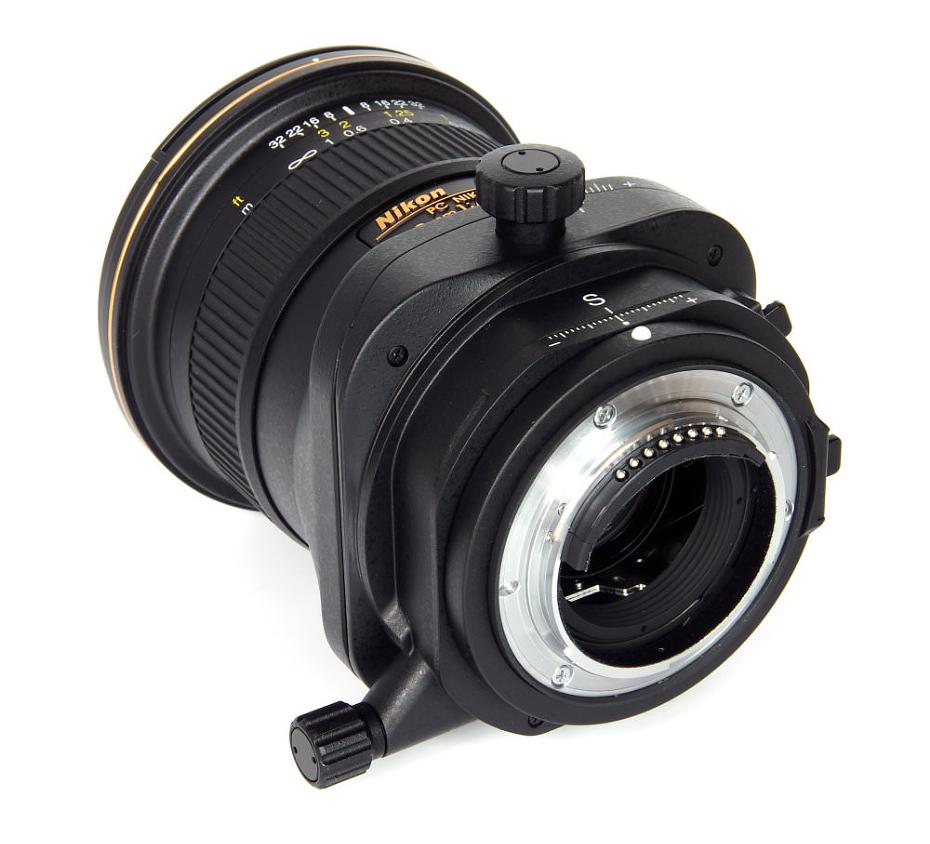
Nikon PC NIKKOR 19mm f/4E ED Performance
Sharpness throughout is of a very high order. Centrally, results are excellent from f/4 to f/16, still very good at f/22 but soft at f/32. The edges match the centre very well, delivering virtually identical resolution figures. Results are again excellent from f/4 to f/16, softening at f/22 and especially at f/32. The even performance is very important in this lens as it uses its wider image circle to enable shift movements. It covers a field of view far wider than the one actually used in an image when the lens is centred.
|
MTF |
How to read our MTF chartsThe blue column represents readings from the centre of the picture frame at the various apertures and the green is from the edges.The scale on the left side is an indication of actual image resolution as LW/PH and is described in detail above. The taller the column, the better the lens performance. For this review, the lens was tested on a Nikon D810 using Imatest. |
CA (Chromatic Aberration) is not a problem at all. The figures obtained are so low as to make CA totally insignificant. This is an exemplary performance.
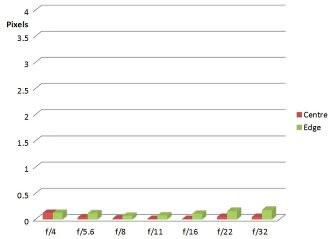 CA
|
How to read our CA chartsChromatic aberration (CA) is the lens' inability to focus on the sensor or film all colours of visible light at the same point. Severe chromatic aberration gives a noticeable fringing or a halo effect around sharp edges within the picture. It can be cured in software.Apochromatic lenses have special lens elements (aspheric, extra-low dispersion etc) to minimise the problem, hence they usually cost more. For this review, the lens was tested on a Nikon D810 using Imatest. |
Flare is mostly well under control. Even shooting directly into the sun the lens is free from artefacts and maintains its contrast level without difficulty. It is possible to induce some contrast lowering flare when the light hits some oblique angles, but for most situations, it was not visible.
Distortion is low at -1.16% barrel, and can always be enhanced by removing this small amount in software.
Bokeh and wide angle lenses do not necessarily go hand in hand, but it is true that here the bokeh does seem to be rather smooth and pleasant. This may not be as immediately obvious as with a telephoto lens, but it does have an effect and will certainly improve the overall feel of images.
Nikon PC NIKKOR 19mm f/4E ED Sample Photos
Value For Money
The PC Nikkor 19mm f/4E ED lens is priced at £3299, a not insubstantial sum of money. If we compare it with a medium format option, then that looks good against the Hasselblad HTS 1.5x Tilt and Shift Adapter at £4212, although to be fair that enables tilt and shift with a number of different lenses.
There are other Nikon PC lenses, the 24mm f/3.5D ED PC-E (£1569), 45mm f/2.8D PC-E (£1459) and the 85mm f/2.8 D PC-E Micro Nikkor (£1349).
Canon users have the options of the TS-E 24mm f/3.5 L II (£1689), TS-E 17mm f/4 L (£1999), TS-E 90mm f/2.8 (£1239) or TS-E 45mm f/2.8 (£1199).
Samyang have the T-S 24mm f/3.5 ED AS UMC at £679, which has its low price and a variety of mount options going for it. It is available for Nikon, Canon, Sony Alpha and FE mount and Pentax K. The other low cost option is the Lensbaby Edge 80.
As this is the only ultra-wide option for Nikon users, the value for money aspect is largely academic, and it is a case of if we need the lens then we hire or face the cost of buying. What is certain is that in terms of quality it justifies its price tag.
For more options have a look at the Top 10 Best Nikon Lenses or the Top 15 Wide-angle Landscape Lenses.
Nikon PC NIKKOR 19mm f/4E ED Verdict
What an exciting lens to use, with so many possibilities that we have just scratched the surface of its potential. It is a working tool, indispensable for those working in architecture, for heritage photographers, and for those who can afford to use it for creative imagery.
Some professionals will simply buy this and will get many years of good service out of it. Others may just have to aspire to it, but it is a superb photographic tool.
